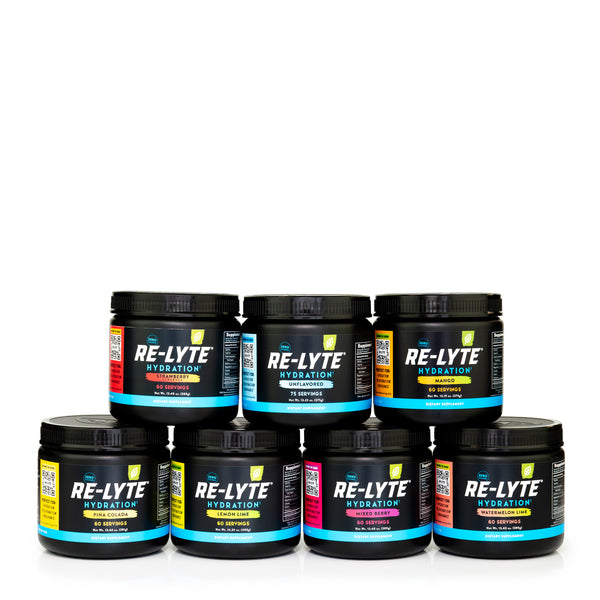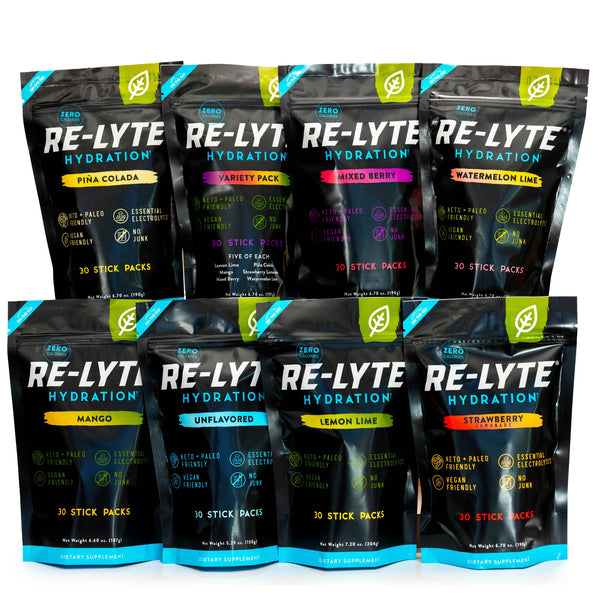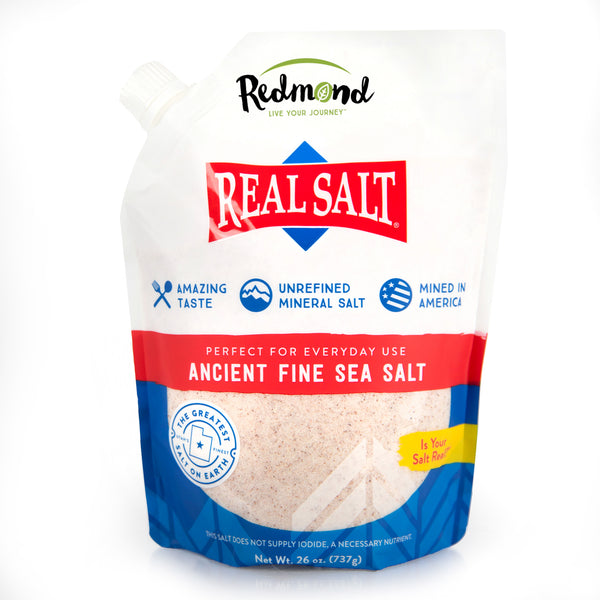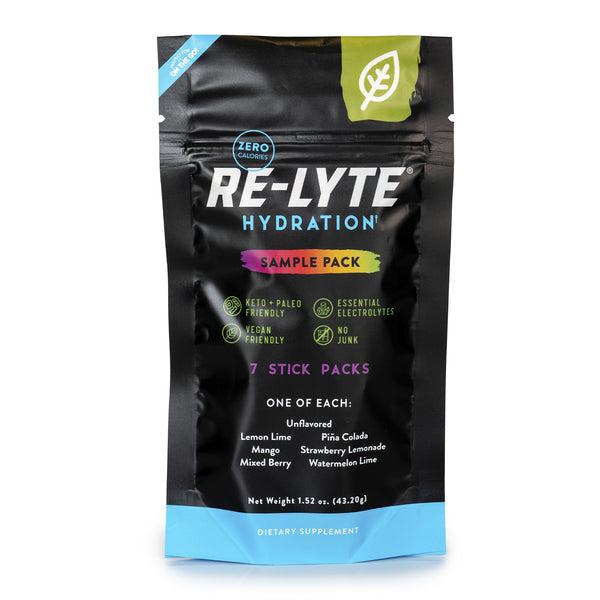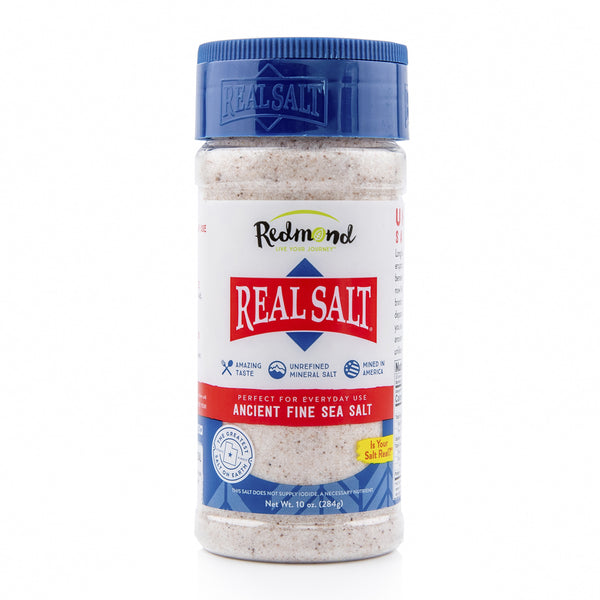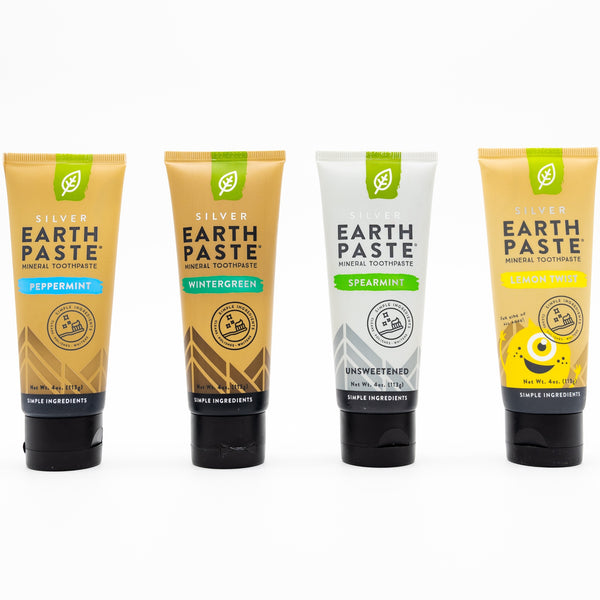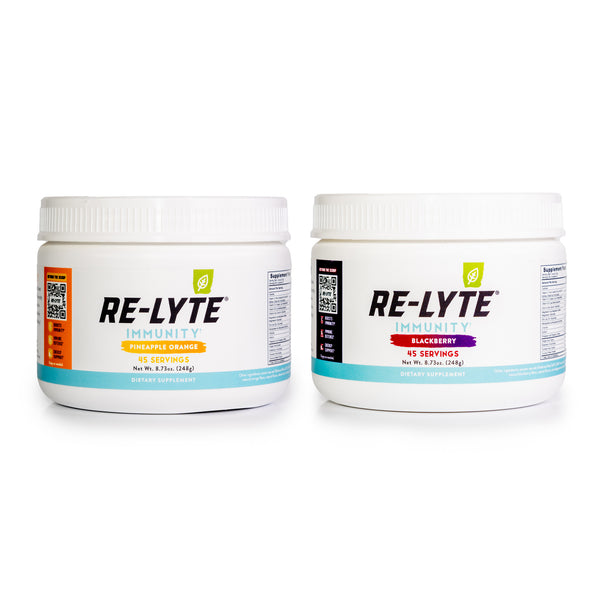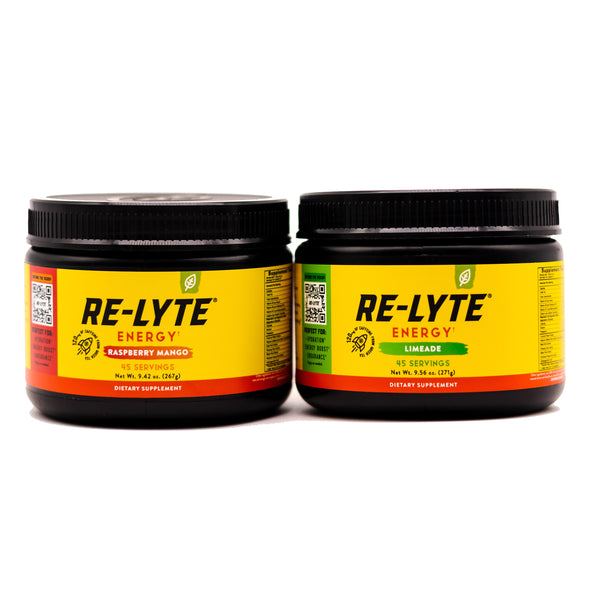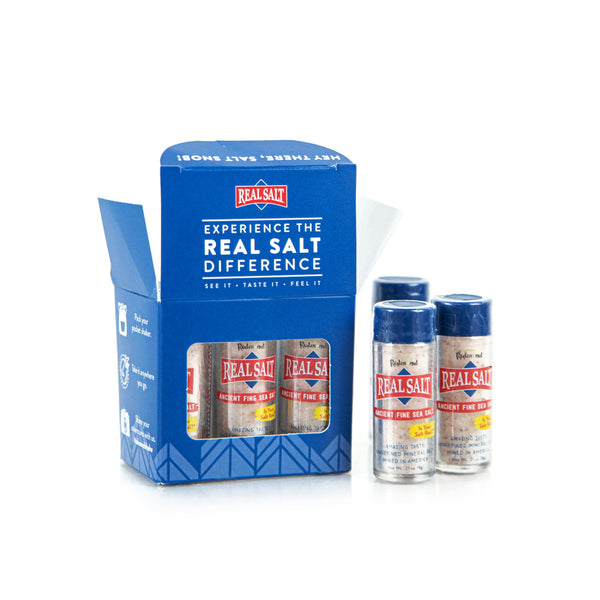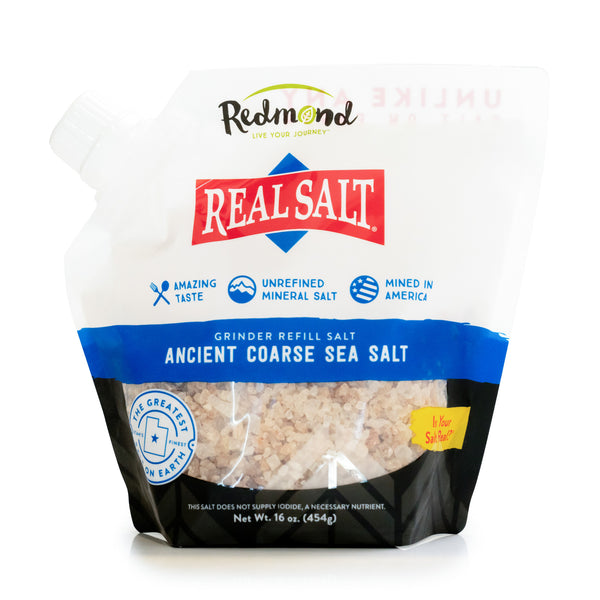How to Make Your Own Dry Shampoo With Clay
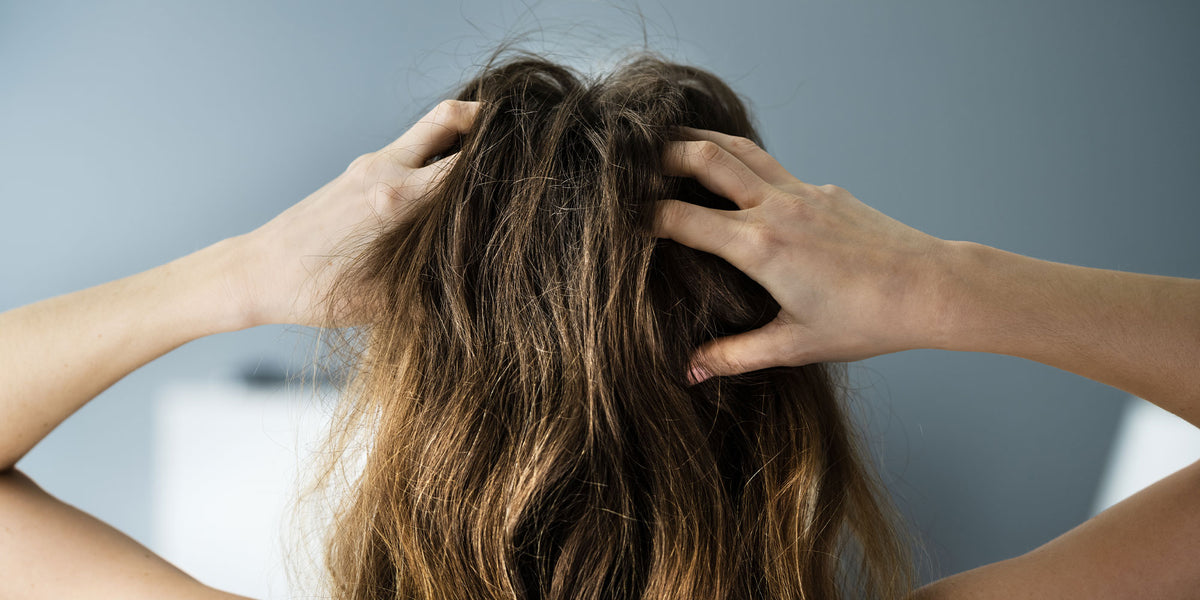
Article at a glance:
- Whether you’re a dry shampoo expert or just curious to try it for the first time, this simple recipe is an inexpensive way to refresh your hair when you’re short on time.
- Making your own dry shampoo gives you control over the ingredients you put on your hair and scalp, and lets you avoid the alcohol, butane, propane, and chemical fragrances often found in commercial dry shampoos.
- Dry shampoo works by absorbing sebum that makes your hair look oily; it doesn’t technically “clean” your hair, so you still will need to wash it once or twice a week.
- You only need three simple ingredients: bentonite clay, arrowroot powder, and unsweetened cocoa powder.
Confession time! My journey into dry shampoo is relatively new. I’ve done some experimenting and received great info from friends, but I’m not an expert (at least not yet!). Like many dry shampoo converts, I was a little (okay, a lot) skeptical when I first heard about it—“You put powder in your hair, brush it in, and then you don’t have to wash it??” The entire concept left me with SO many questions. . . .
But as with many things in life, the skeptic became a convert, at least to homemade dry shampoo. I’m not ready to venture into the commercial kinds for two reasons: cost and toxic ingredients. Dry shampoos can be pretty pricey and some contain toxic chemicals I don’t want anywhere near my eyes, nose, or mouth. But making my own is easy, inexpensive, and gives me control over what I’m putting on my scalp and in my hair. Here’s a recipe to make your own simple, clean, and real dry shampoo.
Why You Should Consider Trying Homemade Dry Shampoo
You save time. No matter how short or long your hair is, washing takes time–wetting, applying shampoo, rinsing, applying conditioner, rinsing, and drying. Dry shampoo lets you go a few days between washes, allowing you to use that time for other things.
Washing and blow drying is hard on your hair. Pores in your scalp naturally produce sebum that helps moisturize your hair. A buildup of sebum makes your hair look oily, but washing it every day or even every other day can dry it out too much because those helpful oils are removed. The chemicals in many shampoos aren’t great for your hair or scalp. Blow dryers also dry out your hair and cause heat damage. If you color your hair, regular washing will wash out the color more quickly, even if you use a color-safe shampoo.
A homemade dry shampoo has minerals that are great for your skin and hair. If you research dry shampoo, you may read stories of dry scalps and hair thinning. The stories I’ve read involve people who skip washing their hair for long periods and commercial dry shampoos with sketchy ingredients, such as alcohol, butane, propane, fragrances, and other junk that are not friendly to your hair or scalp. In contrast, bentonite clay masks are great for your skin and also benefit your hair. Bentonite clay is a primary ingredient in this dry shampoo. It doesn’t replace the masks but gives your scalp and hair added exposure to beneficial minerals.

A Few Things to Keep in Mind About Dry Shampoo
Despite the name, dry shampoo is not “shampoo” in the usual sense of the word. A more accurate name might be “oil absorber” or “powder room for your hair.” (I only know the term “powder room” from old movies, I promise!). Dry shampoo absorbs oils, but it doesn’t “clean” the way soap does. It’s a great way to freshen up or give your hair that “just-washed” look if it’s getting a little oily, but dry shampoo will not help you if you just finished a mud run.
Because dry shampoo doesn’t actually clean your hair and scalp, you will need to use regular shampoo at least once or twice a week. This DIY recipe has minerals that are good for your skin and scalp, but a buildup can feel itchy or make your hair feel a little gritty.
One cool consequence of using dry shampoo is that your scalp will adjust by producing less sebum, the natural oil produced by our skin and scalp. How much less sebum will depend on a lot of factors (genetics, diet, daily activities, stress, and more), but the adjustment will make it even easier to go a few days between washing with regular shampoo.
Most people apply the dry shampoo on the days they don’t wash their hair. Other people apply dry shampoo right after washing and drying their hair to immediately start absorbing sebum and to prevent buildup. Experiment with both approaches and see what works for you.
Recipe:
The recipe is pretty simple:
- 1 Tablespoon bentonite clay powder
- 1 Tablespoon arrowroot powder (also called arrowroot starch or flour)
(In case you are wondering, arrowroot is a gluten-free, starchy tuber that, depending on the variety, sort of looks like light-colored cassava or maybe ginger shaped like a carrot or potato. It is native to tropical climates, has a variety of benefits, and can be used in all kinds of things.)
- Unsweetened cocoa (only if you need to make the powder a little darker to match your hair and only enough to get the color you want)
- A few drops of essential oil (if you want a fragrance)
Mix the bentonite clay and arrowroot powder. If you have darker hair, add unsweetened cocoa, about ½ a teaspoon at a time, until you get the color you want. The powder doesn’t need to match your hair color to blend in; it will likely blend just fine even if it’s several shades lighter than your hair. If you have really dark or black hair, you can use activated charcoal instead of unsweetened cocoa.
This dry shampoo will have a neutral or slight cocoa smell, depending on how much cocoa powder you use. If you want it to have a fragrance, add two or three drops of essential oil and stir it in. The liquid essential oil won’t mix into the powder very well and will likely clump on your spoon or stirring tool, but stirring it around will be enough to spread the fragrance. I like lavender, but you can pick your own favorite. If you have a sensitive scalp, skip the essential oil or use only one drop of a very mild one.
For me, this recipe makes enough dry shampoo for many applications, but you may end up using more or less. You can easily make a bigger or smaller batch to suit your needs. Just add one part bentonite clay, one part arrowroot powder, and enough cocoa powder to get the color you want. Store the dry shampoo in a clean, dry salt or spice shaker or other reusable container.
How to Apply Your DIY Dry Shampoo
- Apply the dry shampoo to your roots, only a little at a time, to the areas that look oily or greasy. You probably don’t need to apply it everywhere. I like using an old makeup brush. If you store it in an old salt shaker, you can shake it on and massage it in.
- Be careful not to apply too much! Unless you’re already familiar with dry shampoo, you probably need much less than you expect. If you use too much, your hair will feel a little weird and have what feels like a sandy or grainy texture.
- Give yourself a nice scalp massage to rub it into your roots.
- Brush it out all the way to your ends and style your hair as you normally would.
If this recipe feels heavier than you would like, add a little more arrowroot and a little less bentonite clay. If you want something more absorbent, add a little more clay and a little less arrowroot. A friend of mine uses pure bentonite, no arrowroot. A great thing about making your own dry shampoo is that it’s easy to adjust the recipe to find what works best for your scalp and hair.
What ratios work best for you? Share your wisdom in the comments!
Sources:
- This Is How Dry Shampoo Works–Healthline
- 12 Best Natural and Organic Dry Shampoos–Healthline
- Can Using Dry Shampoo Damage Your Hair?–Healthline
- Here’s How Often You Should Wash Your Hair–Cleveland Clinic
- Why dry Shampoos Are Bad For Your Hair + What To Do Instead–Mind Body Green
- Experts Explain if Dry Shampoo Is Actually Bad for Your Hair–Shape


